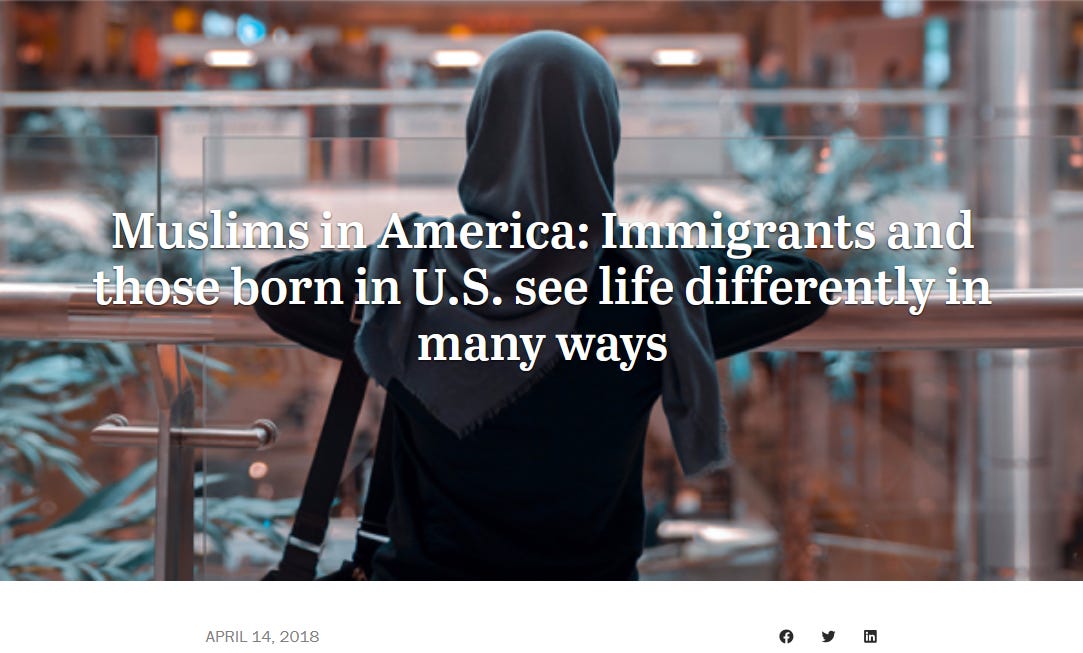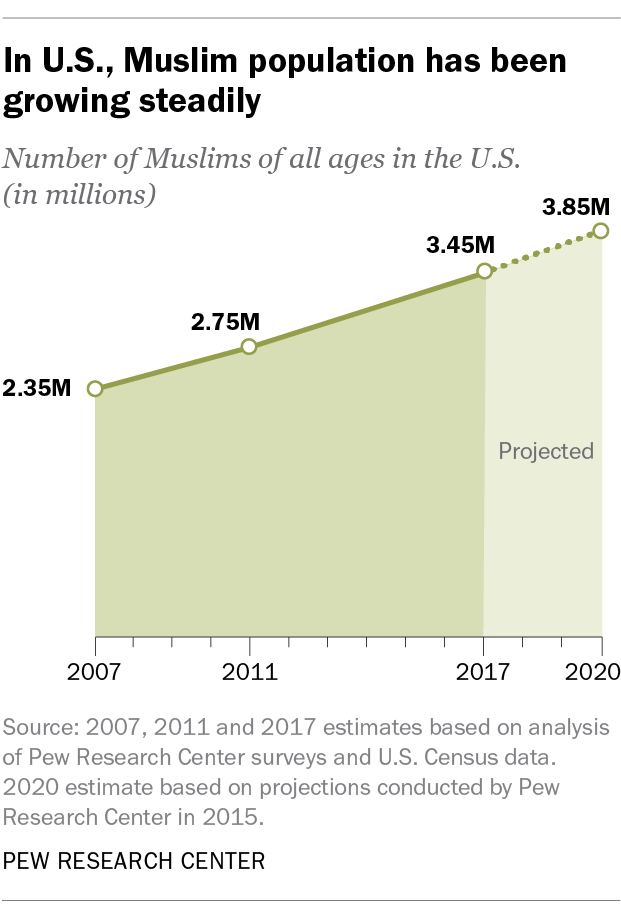September 11 Wasn’t Allowed To Influence Mass Muslim Immigration
Never Mind The Wars, It Was About Protecting America
When September 11 happened, I was working for VDARE.com and did a column asking if Americans would “wake up and smell the coffee” about immigration. They didn’t much, because they weren’t allowed to.
The President at the time, George W. Bush, with his family association with oil companies, was very much an Arab sympathizer (the Saudi Ambassador to the US, Bandar bin Sultan, who spent a lot of time with the Bushes was actually nicknamed “Bandar Bush”.)
Bush’s first concern after the attack was to visit a DC Islamic Center and declare Islam a religion of peace.
But it wasn’t just Bush, the whole country decided to treat being a Muslim Arab immigrant like being black—a member of America’s protected, untouchable Civil Rights-eligible class. The Left sprang into action to form, in effect, a “Society For The Protection Of Enemy Aliens” and on the 20th Anniversary of 9/11 Bush was still talking about the threat of “nativism” and “religious bigotry”, rather than the threat of Islamic terrorism.
And an obvious step, after 9/11, would have been to curtail Muslim immigration—stop giving immigrant visa to at least those countries that the State Department lists as “State Sponsors Of Terror”.
Nothing like that happened. In 2017, John Derbyshire wrote
I've expressed before, more than once, my belief that the most astonishing, most incredible statistic of our age is that the U.S.A. admitted more Muslims for settlement in the fifteen years after 9/11 than it did in the fifteen years before.
With natural increase and chain migration, Muslims will be more than two percent of our population by 2050 — ten million people.
Nobody has voted for this, and no-one but a microscopic proportion of Americans welcome it, especially after 9/11, but it's happening anyway. Not only did 9/11 fail to slow the increase, it speeded it up.
This is deeply strange and contrary to sense or reason. If you find yourself thinking about it while watching one of those 9/11 commemoration ceremonies, the ceremony suddenly loses a lot of its force. With no disrespect to the dead or their loved ones, the commemoration comes to look futile, self-indulgent. You fidget and change the TV channel.
The Pew Research Center, below, wrote in 2018 that
Muslim immigrants in the United States, roughly half of whom (56%) have arrived since the year 2000, come from a wide array of countries, and no single region or country of origin accounts for a majority of them. In total, immigrant respondents in Pew Research Center’s 2017 survey of U.S. Muslims named 75 different countries of origin. And this is reflected in their racial and ethnic diversity: No single racial or ethnic group accounts for a majority among Muslim immigrants, with 45% identifying as white and a similar share (41%) identifying as Asian.
Here’s the chart of self-identification—while Arabs and Egyptian are not part of the American and European nations that White Papers focuses on, many of them look white, as do Iranians:
Of course, as a result of what Steve Sailer calls the “Flight From White”—the tendency of whitish minorities to prefer to identify as minorities for affirmative action benefits—means that newly arrived Lebanese and Arabs will prefer to identify as member of an “oppressed” minority. (Oppressed in the sense of being eligible for Small Business Administration minority preferences.) They’re now demanding their own Census Category of MENA [Middle Easterners & North Africans].
The latest figures from Pew Research Center (authored by Muslim researcher Besheer Mohamed, above) says:
There were about 2.35 million Muslim adults and children living in the United States in 2007 – accounting for 0.8% of the U.S. population – when Pew Research Center began measuring this group’s size, demographic characteristics and views. Since then, growth has been driven primarily by two factors: the continued flow of Muslim immigrants into the U.S., and Muslims’ tendency to have more children than Americans of other faiths.
In 2015, the Center projected that Muslims could number 3.85 million in the U.S. by 2020 – roughly 1.1% of the total population.
Muslims are a growing presence in U.S., but still face negative views from the public
By Besheer Mohamed, September 1, 2021
That’s the legacy of 9/11—a massive increase in the Muslim population, which may be what has been driving the large pro-Palestinian demonstrations in US universities, and increasing the Muslim influence on the Democratic Party.
We couldn’t have predicted it that day, but it corresponds with the anti-White tendency of American government policy since the Civil Rights Movement.
White Papers welcomes any financial support so that we may take on additional writers and staff!
Zelle: whitepapersinstitute@protonmail.com
Buy us a coffee: https://www.buymeacoffee.com/wppi
Linktree: https://linktr.ee/wppi
Snail Mail: White Papers Policy, PO Box 192, Hancock, MD 21750












